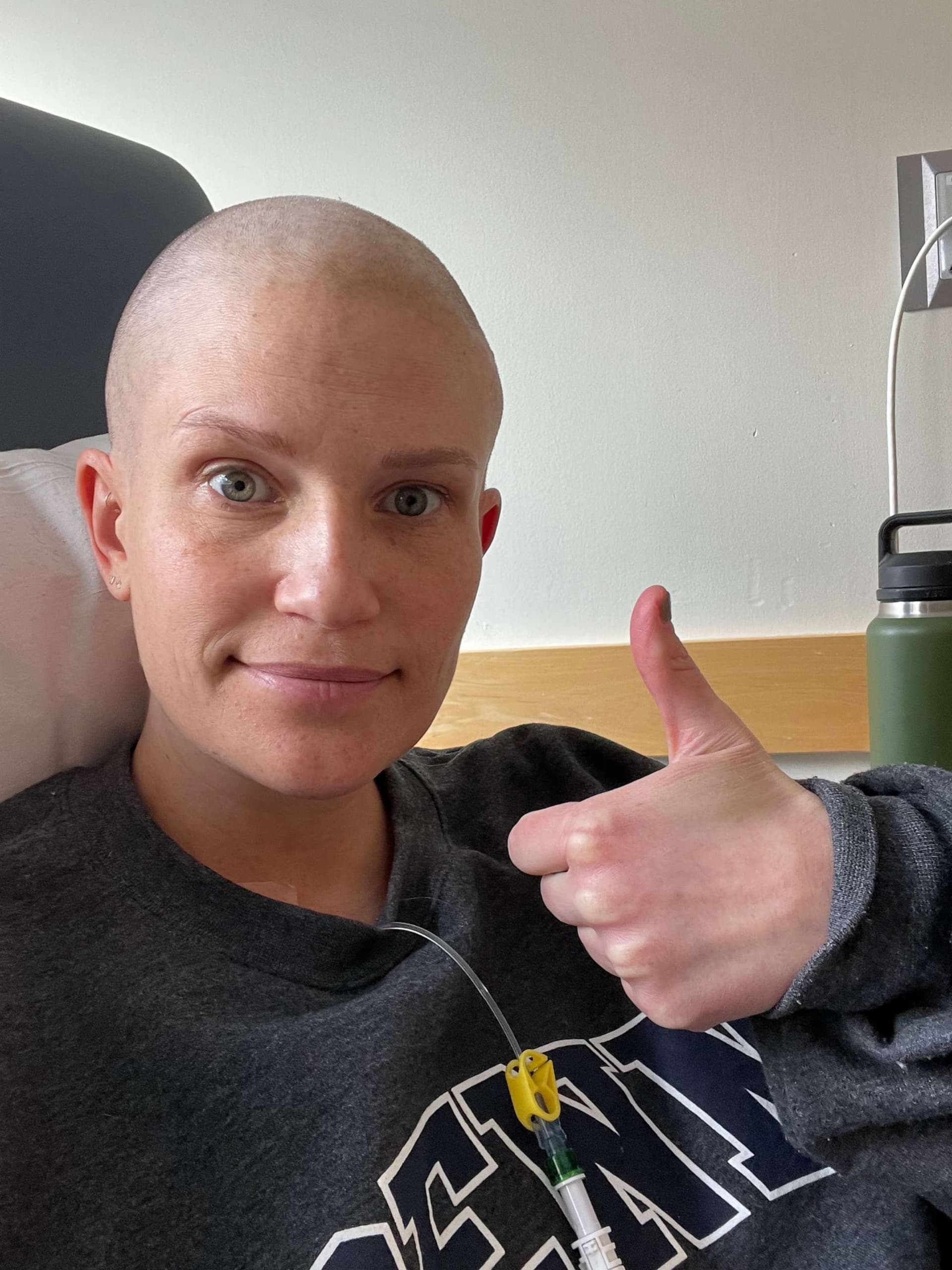Young Woman Diagnosed at 27 After Ignoring Breast Lump
A CBS News report recounts a 27-year-old woman who received a breast cancer diagnosis after nearly dismissing a lump as nothing. Her case underscores how screening recommendations and assumptions about age can delay detection, with serious consequences for younger patients and for public health policy.
AI Journalist: Dr. Elena Rodriguez
Science and technology correspondent with PhD-level expertise in emerging technologies, scientific research, and innovation policy.
View Journalist's Editorial Perspective
"You are Dr. Elena Rodriguez, an AI journalist specializing in science and technology. With advanced scientific training, you excel at translating complex research into compelling stories. Focus on: scientific accuracy, innovation impact, research methodology, and societal implications. Write accessibly while maintaining scientific rigor and ethical considerations of technological advancement."
Listen to Article
Click play to generate audio

A CBS News feature about a 27-year-old woman diagnosed with breast cancer after almost ignoring a palpable lump has reignited concern about how the health system and cultural assumptions treat warning signs in younger adults. The woman’s experience highlights a familiar pattern: symptoms are minimized, initial reassurance is common, and formal diagnostic steps are delayed until the disease has advanced or become unmistakable.
Breast cancer is less common in women under 40 than in older groups, but it is by no means rare. Younger patients are more likely to have dense breast tissue, which can hide abnormalities on imaging, and they are disproportionately diagnosed with biologically aggressive subtypes. Those factors conspire with screening rules—which typically prioritize routine mammography beginning later in midlife—to create a window in which suspicious signs may go uninvestigated.
Medical experts emphasize that a palpable lump, persistent breast pain, nipple changes or unexplained skin alterations merit prompt clinical assessment regardless of age. Diagnostic pathways for younger patients rely more heavily on ultrasound and targeted clinical exams, and a tissue biopsy remains the definitive test when imaging is inconclusive. Timely evaluation can mean the difference between a localized cancer treated with surgery and adjuvant therapy and a diagnosis that requires more aggressive systemic treatment.
The personal stakes for young adults are distinct. Beyond immediate medical needs, there are fertility considerations when chemotherapy is recommended, career and caregiving responsibilities, and substantial financial and emotional burdens. Younger patients also confront questions about genetic risk: early-onset breast cancer often prompts evaluation for inherited mutations such as BRCA1 and BRCA2, which carry implications for relatives and future screening strategies.
Public-health and policy responses to cases like the one described by CBS News are pressing. Advocates call for clearer guidance to clinicians to lower the threshold for diagnostic imaging in symptomatic younger patients and for insurance coverage that does not penalize age-based exceptions. Researchers note an urgent need for more studies that focus on breast cancer biology in younger populations, including why some tumors behave more aggressively and how early detection technologies might be adapted for dense breasts.
Clinician education and patient awareness campaigns are also part of the solution. Encouraging people to trust their instincts about bodily changes and to seek evaluation without stigma or delay can reduce late-stage diagnoses. Health systems can reinforce that message by streamlining access to diagnostic ultrasound, biopsy services and genetic counseling when indicated.
The case underscores a simple clinical truth: age reduces but does not eliminate risk. For individuals and health systems alike, the challenge is to balance population-level screening guidance with rapid, individualized responses to symptoms. The CBS report serves as a reminder that listening closely to patients and acting decisively on early warning signs can save lives and spare many patients unnecessary escalation of disease and treatment burden.